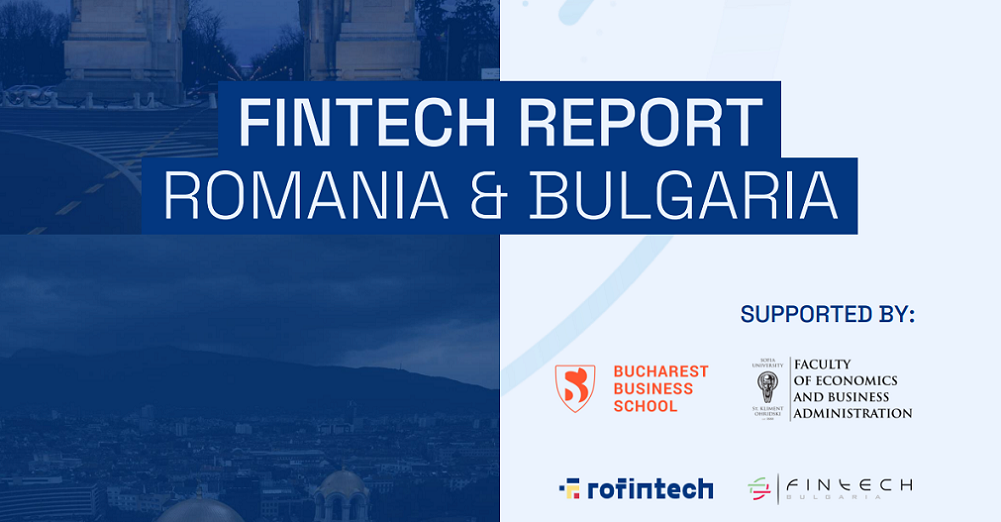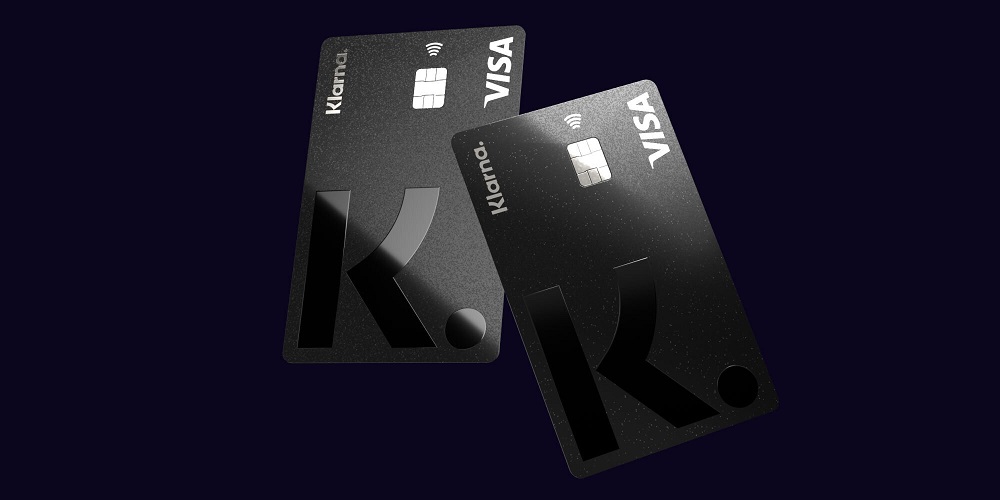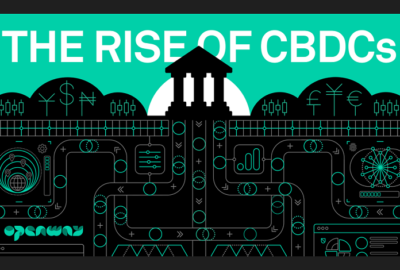Some blockchain predictions for 2019

As 2018 has come to an end, many are wondering what awaits us in the near future. Where are things going, and what are the trends and developments CIOs and other leaders interested in blockchain should be aware of. It is thus time to give an insight into predictions for blockchain technology for 2019 and beyond. So let’s take a look at how things are likely “to work out” over the next 12 months – finextra.com
The blockchain industry is working to improve its image
Blockchain has a bit of a reputation problem. It is believed that a lot of businesses are actually sceptical of blockchain and unwilling to adopt this technology just because it is too much associated with crypto currencies, and especially bitcoin.
The blockchain industry is expected to further try to work on its image in 2019, and separate blockchain from crypto in the minds of business. This in order for blockchain adoption to happen on a larger scale, It should be broadly communicated that blockchain technology can have numerous use cases that are completely unrelated to cryptocurrencies.
We will also see a shift in terminology. It is reasonable to expect that the term blockchain will be gradually replaced by another more neutral one: DLT or distributed ledger technology. This to send a clear signal to executive teams within corporates that their projects have nothing to do with the hyped world of cryptocurrencies and ICOs. Once this becomes clear to more people in business, blockchain will be able to experience much wider adoption.
The trilemma problem will (largely) be tackled
Another challenge for the blockchain industry is to solve the so-called trilemma problem. Despite the hype and huge investments in existing blockchain projects, the great promise of this technology has largely gone unfulfilled. A major stumbling block the industry faces is the imbalance between scalability, decentralisation and security. This seemingly intractable trilemma of technical barriers has undermined the trust and capabilities necessary for mainstream adoption and business relevance.
Much work is already being done to figure out solutions to this trilemma. Major research on possibilities to overcome the key shortcomings in existing architectures have been exploited, this to allow blockchain transactions becoming faster while preserving security and decentralisation.
This should enable developers to build applications that solve real-world business challenges. Though it took time to attain a consensus, scaling solutions such as sidechains are already showing promise. And as we move further into 2019, these solutions will become more and more sophisticated. Real breakthroughs in scalability and performance are expected to begin coming to fruition and the blockchain trilemma largely being solved in two to three years from now.
Companies will look for best-fit applications
Moving further down the line, we will begin to see a separation between hype and reality. 2019 will be a year where the industry will shift its focus toward the real-world problems that blockchain technology could solve, with the goal of making “incremental and necessary changes to operations”.
Blockchain technology has long time be wrongly seen by many as a “magical way” to resolve all issues that we struggle with today. While it is true that blockchain can help with a lot of them, there are still numerous other problems that are better suited to be solved by alternative technologies, such as robotics, AI, and similar ones.
According to Deloitte’s 2018 Global Blockchain Survey, companies are starting to move from proof-of-concept projects to real-world applications. There will be a particular focus on discovering not just where blockchain could fit, but to find places where it is the best fit.
We will therefore see a transition of enterprise interest towards identifying tangible, productive use cases for blockchain. Projects will thereby move away from a “blockchain-for-everything” approach to back-to-earth implementation.
Blockchain projects may become more mature …
In 2018, companies have implemented a large number of high profile blockchain pilots but the results of these developments have yet to come to full fruition. Earlier this year Forrester Research anticipated that 90% of blockchain pilots won’t become complete products or services.
For the industry to mature and gain legitimacy, this shake out had to happen. 2018 has been a tough testing ground to establish how this technology could be improved, and what problems they could solve. The successes and failures of blockchain technology have given technology providers the tools they need to launch into the next stage of development: clear, targeted goals and expectations.
In 2019, it is expected that blockchain technology will come off age. As technology and valuation start to converge at rational levels the stage will be set for the blockchain industry to enter the next phase of maturity. A level of maturation within the blockchain space, with sustainable blockchain projects on the rise as dedicated blockchain teams are steaming up their efforts to deliver “exciting” projects.
…. and will raise visibility for blockchain
In 2019 we will see a growing number of new projects and new platforms continue to emerge. Developers and the innovative projects they work on will continue to advance blockchain capabilities, by creating ground breaking proofs-of-concept and building and achieving product-market use cases.
We may expect to see projects ranging from supply chain, identity, transparency, and governance proving the true value of blockchain. Several prominent blockchain projects will significantly raise its visibility and if delivering as promised it will positively influence corporate interest in this technology.
As a result we will see a wave of widespread and compelling specific use cases and real applications coming into the market emerge in 2019 as corporates are looking to implement more focused blockchain applications.
More companies will enter the blockchain arena …..
2019 should see blockchain adoption on a broader scale as an increasing number are seeing that such technology will provide benefits for their companies as well. As the question moves from ‘What is blockchain?’ to ‘How can we use blockchain technology?’, we can expect more businesses to enter the blockchain space.
Companies are already experimenting with new functions of the technology on a daily basis, and the wide range of applications for blockchain is beginning to emerge. In a bid to eliminate inefficiencies and streamline processes within their businesses, we therefore may expect to see an increase in the number of traditional companies incorporating blockchain technology to provide solutions for everyday business problems, using blockchain to either supplement existing systems or create entirely new business models.
….. and will invest more in blockchain technology
Blockchain technology is set to enter a new era in 2019, with many industry experts expecting the technology to be more widely adopted by mainstream companies. As more and more companies are moving towards this emerging technology, we can expect that investments in this technology will further rise.
PricewaterhouseCoopers (PwC) recently reported that many of its customers “are spending big money” on blockchain initiatives, and that blockchain spending should only keep growing. According to a 2018 Deloitte’s Global Blockchain Survey, 40% of respondents reported that their organization will invest $5 million or more in blockchain technology in 2019. A survey conducted by the International Data Corporation found that the survey’s respondents were willing to invest millions into blockchain technology this coming year.
Decentralised apps (DAPPS) will continue to grow
“Too many applications using a blockchain ledger still rely on a centralized application that represents a single point of failure and also a vulnerability that could allow “tampering” with the data, before it gets written to the ledger”.
As companies shift their focus from “what is blockchain” to “what can we do with this technology”, another key trend in 2019 will be more decentralization of apps themselves. These are key for wider spread of blockchain and crypto currency adoption, as they will make blockchain more affordable and accessible. IBM has already developed a new blockchain product that allows start-ups and developers who are interested to build their own distributed ledger products. And some predict that we are going to see the first dapp that will hit a million users a day sometimes next year.
Off-chain components are important for enterprise-focused apps
Building such enterprise applications however is not an easy task, but it is a required step to ensure wide blockchain adoption for business usage. Application of blockchain technology is thereby important but the blockchain ledger is just a small part of the enterprise app.
More and more designed and architected applications will go beyond blockchain ledger in 2019. As developers are increasingly recognizing the importance of non-technology issues, they will pay more attention to off-chain components as a key part of a blockchain project. User management, Workflows, systems integration, and many more off-chain components are needed to incorporate. Whether it’s agreeing on data and process definitions, smart contract rules, access permissions, or governance frameworks and legal agreements, ensuring that compliance will continue to challenge those in regulated industries.
Blockchain-based offerings across a wider area of industries
Looking at the most active blockchain sectors, these are still to be found in the finance, supply chain, and trade finance industry. These mainstream businesses will continue to both accept blockchain into their everyday practices, as well as shape its progression through usage and regulation.
But also industries like distribution and services, logistics, aviation and others have started exploring the potential of blockchain for use cases like payments, remittances, traceability etc. . In 2019 we will begin to witness more acceptance of blockchain-based offerings by a much broader industry base. The technology will be applied to a myriad of industries that can and should benefit from its transparency, speed, efficiency, and reliability. Industries – from manufacturing to retail – will start to explore the improvements blockchain can bring to supply chain transparency, ownership tracking, and others.
….. will disrupt a growing number of industries
It is certain that in 2019 blockchain will further revolutionize business processes for many industries. The technology is poised to change various industries, the financial services and banking industry, as well as the shipping and supply chain industries being the most significant.
We are slowly but surely beginning to witness also the gradual disruption of other industries such as insurance, healthcare, retail, education, loyalty etc. It is likely that these the disruptive impact of blockchain on these industries will further grow as blockchain technology will become more popular. The disruption this technology will bring for these segments however won’t be fully realized over the course of just one year.
Government Agencies will start adopting blockchain
The idea of the immutable distributed ledger and its security levels is also attracting various governments agencies to consider using it for storing data on such a system. This is due to the fact that it can hold large quantities of data which is then available from anywhere in the world at any time, while the system is mostly hack-proof. It clearly has potential, and government agencies are not going to wait too long before start using blockchain for its own purposes. Many believe that the process might actually begin in 2019. Estonia, for example, has already implemented blockchain technology with X-Road, a decentralized ledger that stores credentials of all citizens. And other authorities are looking for use cases like land registry, tax compliance, etc.
Blockchain will meet big data, AI, IOT and other technologies
Another important trend is that promising technological advances in other sectors such as AI, Big Data, IoT and biometrics will increasingly converge with blockchain technology. The convergence/conjunction between blockchain and the Internet of Things (IoT) is already picking up steam. According to a report by International Data Corporation (IDC), many IoT companies will be incorporating blockchain technology into their products. IDC predicts that 20% of IoT deplyments will have blockchain services installed by 2019. That way, companies will be able to move forward and create completely new business models, as well as revenue streams. Entirely new marketplaces are expected to appear as a result.
Using blockchain in products connected to the Internet of Things – such as wearable devices and smart appliances—also means consumers will be using the technology without even realising it. This usability will be a key factor in encouraging the uptake of blockchain technology across industries.
Also progress in the Artificial Intelligence (AI) sector is set to transform the industry, with advancements being used in blockchain and in cyber security amongst other areas. Companies are set to use AI to enhance customer experience and potentially reduce costs in certain areas of their operations. Blockchain is beneficial for these industries as well because it has a secure framework and it automates data exchange.
Increased demand for blockchain experts ….
As blockchain technology is increasingly seen as a non-bitcoin linked technology and will become more popular, companies are expected to “finally get over their fears” and start applying it. As a result, there will be a high demand for blockchain experts, architects as well as people with specific blockchain skills and an urgent need to keep attracting top talent into the industry. Finding people with the skills to design, deploy and maintain blockchain technology is however going to be a key challenge for companies in the near future. Since the technology is new, blockchain engineers are very few in number.
…. and for education and knowledge sharing
Another industry challenge is to overcome the present lack of formal blockchain education. Demand for education and training in this area will increase, particularly as the technology goes beyond bitcoin and will see more mainstream interest. As a result we will also see increased commitment by universities and other higher education institutions to introduce these blockchain and other technology courses in their package.
Higher education institutes are already involved in R&D and are nurturing developers needed to move forward the entire blockchain ecosystem. Most importantly, however, the blockchain industry needs to continue driving the technology’s research and development and share their blockchain knowledge with the industry through a “strong, global open-source development culture”.
Evolving blockchain ecosystem
The blockchain ecosystem is continuing to evolve quickly. This past year saw the dominance of major platforms like Ethereum, Hyperledger Fabric, R3’s Corda, Digital Assets and others. These have been at the basis of major blockchain developments.
Though their dominance in the market will continue, with the growing acceptance by other industries and segments new platforms (such as for the insurance, aviation, and transportation industry) will continue to emerge with different strengths. With competitiveness rising, and the cry for interoperability and standardisation increasing for optimal communication between different platforms and different types of blockchain networks the blockchain industry however is bound to undergo some sort of consolidation in 2019. Those platforms or networks best equipped to meet the businesses requirements will survive.
Comeback of crypto currencies …..
After a disastrous 2018 where the total market value of all cryptocurrencies shrunk by 80% to roughly $200 billion, we will see a comeback for cryptocurrencies in 2019, with a much more stable crypto market. Only the more compliant, problem-solving businesses will see their coins survive. That means that only those cryptocurrencies that really deliver added value are here to stay, and will continue to grow in 2019. Most existing cryptos, especially those which are not backed by legitimate, promising projects, will die. Out of the 2000 cryptocurrencies around 90% say some.
… and decentralised crypto exchanges will grow
As cryptocurrencies continue to evolve, so will crypto exchanges and their impact on the crypto world. Cryptocurrency exchanges that have come up in 2018, will show growth both in their number and popularity in 2019. Decentralised exchanges will thereby become increasingly prominent in markets for cross-border payment and investing. Although the majority of the present crypto exchanges are centralized, the number of decentralised crypto exchange will increase, as they will offer better user control, higher security level, and better liquidity. Consumers however will demand that these crypto exchanges be regulated, as more and more jurisdictions adopt regulatory frameworks around cryptocurrency.
From utility tokens to security tokens and STOs
The token model is fundamentally changing. Security tokens, which are regulated asset-backed tokens, or simply stocks on the block chain, are set to be another main trend in terms of coins and tokens in 2019, whereas with utility tokens, there will be a selection process.
Investment will continue to move out of the utility token space and go into digital assets with a clear use-case (e.g. XRP and cross-border remittances). Companies are increasingly realizing that not all projects need tokens and security token offerings (STOs) with real asset backing will become more prevalent. Many past token projects were only using ICOs as an opportunity to raise money, without a truly decentralized and functioning token economy “in the background”.
Securities are easier for the government to control and shut down, as they have a “legal point of failure” 9i.e. legal entity that can be targeted). These security tokens and tokenized assets are an exciting trend in finance. They will certainly gain more traction, opening the doors in financial markets.
Increased regulation and scrutiny in the crypto market …
Expectations are that the industry will become more stringently regulated in 2019 and beyond. Regulators will be intensively focused to the crypto sphere as they increasingly accept that the sector is here to stay. More regulation will be introduced and this will further allow legitimate businesses to thrive, making cryptocurrencies more reliable – while also stabilizing the market.
The actions from the US SEC will influence virtually every other jurisdiction. As the largest and most influential regulator in the world this will trigger other regulators worldwide to follow suit, adding structure and pathways to legal and compliant operations of crypto businesses. A uniform set of global guidelines around cryptocurrency would go a long way to stabilizing the market and provide some much needed assurance and direction. These clear frameworks would lead to greater clarity around how and where crypto businesses can exist and thrive, and give clearance for professional operators to work openly.
……. but also more attention from regulators in the blockchain segment
Blockchain technology itself is likely to receive also more attention from regulators and lawmakers in the near future. Especially if it is used by governments and large organisations. This will both pose challenges to companies operating within the space, but also offer an opportunity for innovation and development.
The introduction of the General Data Protection Regulation (GDPR) in Europe in 2018 already had a widespread effect globally. In 2019, we will see privacy and personal data protection trends continuing to grow in importance. This is something we can expect with blockchain, given that a large part of this technology is designed to verify the identity and protect the privacy of people and assets across traditional borders.
With blockchain innovation moving fast and its adoption is increasing, the industry must adapt and have an open dialogue with regulators to ensure progress does not come to a stanstill.
Anders Olofsson – former Head of Payments Finastra
Banking 4.0 – „how was the experience for you”
„So many people are coming here to Bucharest, people that I see and interact on linkedin and now I get the change to meet them in person. It was like being to the Football World Cup but this was the World Cup on linkedin in payments and open banking.”
Many more interesting quotes in the video below:











